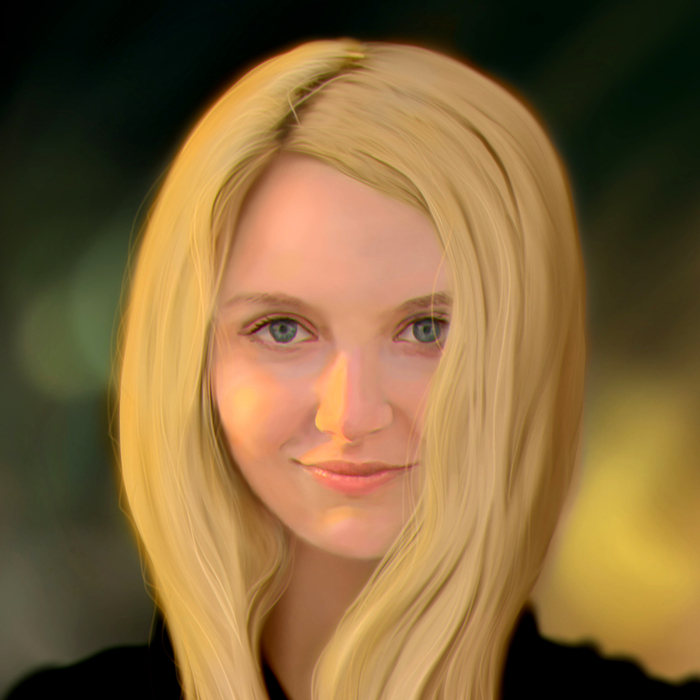A Tiny Little Introduction To Digital Paining (Recap And Lecture Practice)
Thursday • April 21st 2022 • 6:37:16 pm
Digital Painting is such a wonderful thing,
that it will let you start with Hyperrealism.
What an amazing gift,
learning by painting perfect portraits on day one.
Use Open Source Krita,
and watch a few beginner tutorials.
Get a $40-$70 pen and tablet,
preferably with the pen tilt feature.
Tilt, means that when using a virtual chisel tip marker,
the tip will actually rotate as you fidget with the pen.
(Please read the pen and tablet product description carefully, make sure that it ships with all features,
and does not require a questionable hardware upgrade.)
When you do your drawings,
you deal with a concept of image layers.
I go crazy with it,
I put each eye on separate layer for example.
Seasoned Artists, may not do that,
which lets them create one layer for shadows another for highlights, simple and easy.
On top of that, Krita has a useful and simple to use Image Reference Tool,
which lives in its own world, above your standard layers.
If you are like me, with all this art talk,
you may think to yourself “but I can’t even draw a stick figure”.
I absolutely feel the same way,
in school when we started stick figures in first grade.
I did my stick figure without arms,
because I got to excited about the smiley face, and just forgot the freaking arms.
The teacher looked at me in shame,
and from that point on I knew teachers were &% useless.
Krita’s Image Reference Layer,
will project a reference image on your canvas.
So, take a selfie,
use the Image Reference Tool to load it, and stretch it across the entire canvas.
Be sure to set the opacity to 20% or 50%,
now use a Air Brush to paint through the Image Reference Layer onto your canvas or layer stack.
See it is like using an office projector on a wall,
it tells you where everything goes, and there is no way you will forget the arms.
Now, the color picker,
will not pick colors through the image Reference Layer.
It will only ever sample the colors,
from the reference image you stretched over you canvas.
So not only do you have perfect shape reference,
you also have access to the exact color you need...
In the spot that you need it,
and the color it is not impacted by the transparent of the reference layer.
There is no simpler, faster and more pleasant way to study color and shape,
than intimately working with reference photos.
And finally, make sure your reference photos,
have good resolution.
A quick way to verify resolution,
is to check if you can see separate eyelashes in your reference photo.
If you can see them,
then you can learn how to paint them right.
